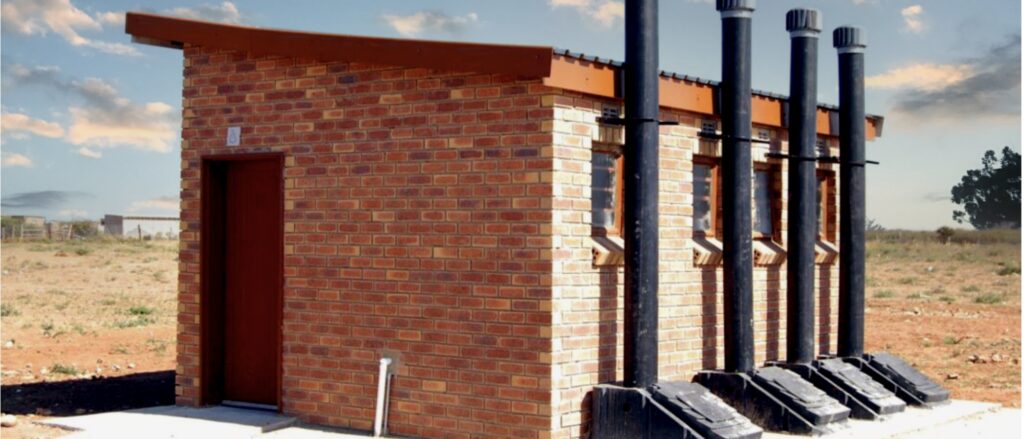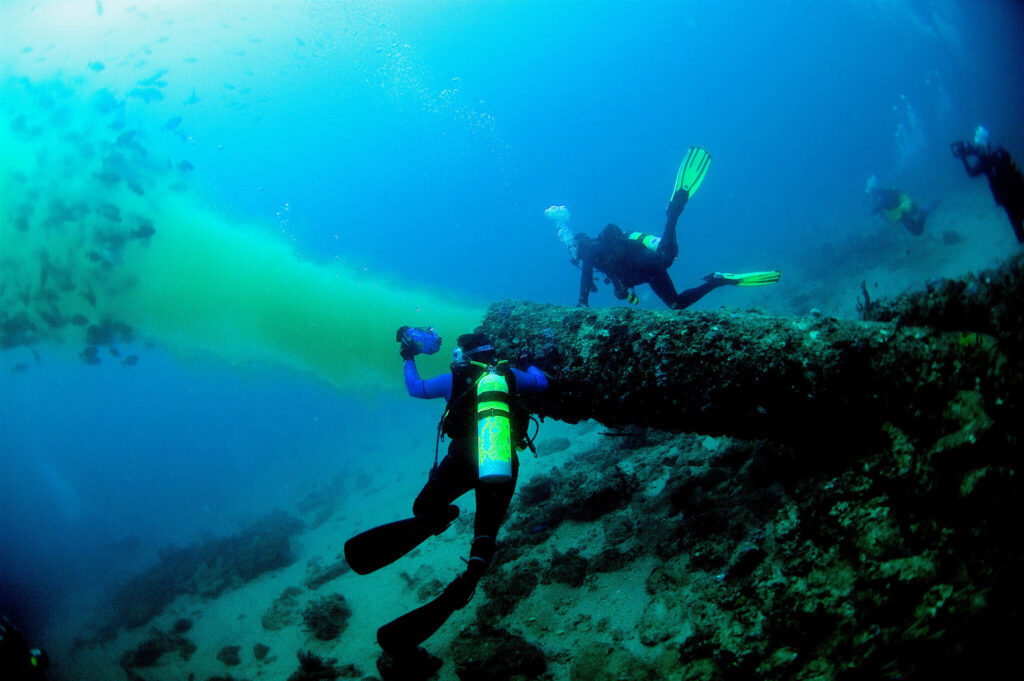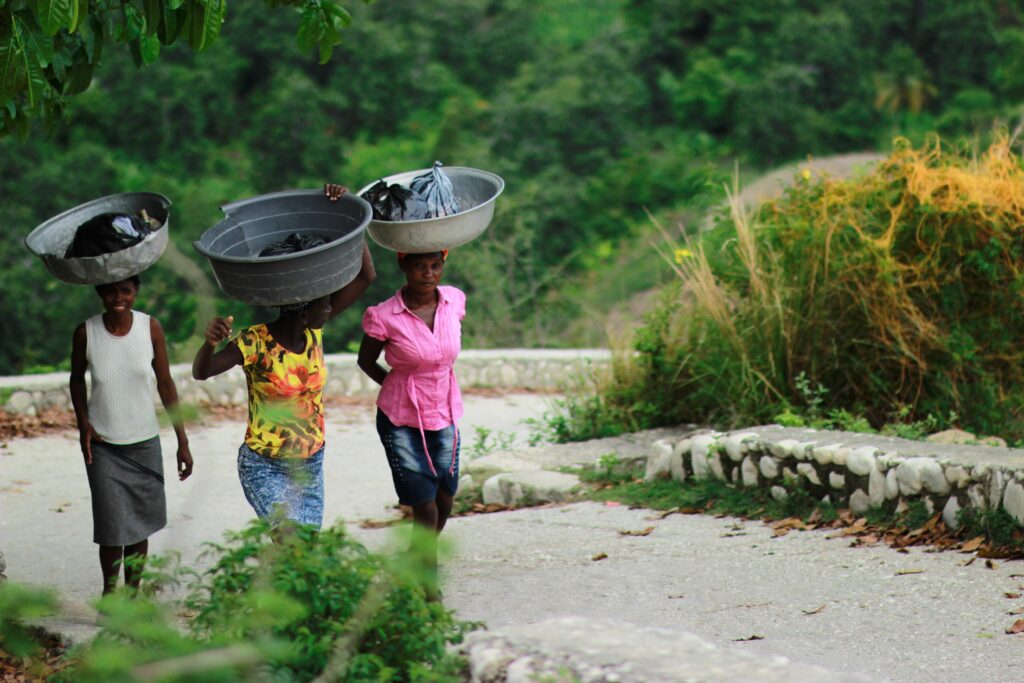WHAT IS THE NEW GENERATION SANITATION?

5 min read It is about two important things, using as little water as possible and taking care of the “waste”, and transforming it into something we can use in line with nature and ecosystems with the closed circle as a foundation. With traditional expensive waste plants that the majority dispose of all the nutrients, the water becomes overly enriched, which induces excessive algae growth. It’s all about a system that is in symbiosis with nature.
PERIOD POVERTY

2 min read You go to school; it’s that time of the month and you start menstruating. You ask the teacher for a pad; she has one or two, but this will only last a few hours before it’s full. You turn the pad upside down and reuse it. But wearing it upside down means that you have little time before it starts leaking.
It hurts, it smells, it gives you a rash and now it’s leaking. Next time you decide to just stay at home for a few days and play it safe. For many girls this is a monthly reality, only thing is, it’s a lot of time missed at school, and it gets harder and harder for you to catch up.
SOMETHING STINKS!

3 min read As I reflect on what I have written below, it may as well just be a list of links to articles, reports, scientific papers and documentaries. It was even the subject of a Carte Blanche episode on Sunday 8th September 2019.
Is it 1661 or 13791 Pit Latrines in South African schools?

2 min read Or is it just semantics and playing with numbers? The kids and teachers in schools do not care about these kinds of antics. They want to have access to dignified sanitation, now!
WHAT IS… with all the acronyms ???!

4 min read Talking Sh*t all day can be fun, but it helps to know the terminology. The sanitation industry is just brimming with acronyms, let’s take a look at a few relevant ones, what they mean and how they all link up.
SANITATION ISSUES

4 min read Excretion is an emotive, political and uncomfortable concept to discuss, especially amongst strangers. But there it is, on the base level of the Hierarchy of Needs, next to breathing, eating, sleeping…
INNOVATIONS, INTERVENTIONS AND TOOLS

5 min read As the Sustainable Sanitation Alliance explains, “to qualify as sustainable sanitation, a sanitation system has to be economically viable, socially acceptable, technically and institutionally appropriate, and protect the environment and natural resources. Most sanitation systems have been designed with these aspects in mind, but they fail far too often because some of the criteria are not met. In fact, there is probably no system which is absolutely sustainable.

